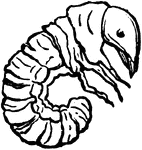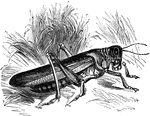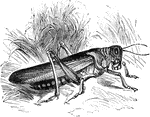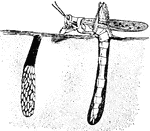Clipart tagged: ‘kgrasshoppers’

Grasshopper
The male grasshopper makes noise by rubbing together hard plates on the inside of the thighs.

Carolina Grasshopper
"The Carolina Grasshopper, Gryllus Carolina, is a large species with brown wings, common in…

Lubber Grasshopper
A large bodied, short winged locust. Sometimes called the short horned grasshopper.

Locust
Locusts are in the grasshopper family, although they have shorter legs and antennae. They can be extensively…
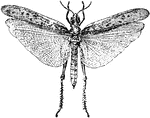
Locust
"The locusts come down in swarms of millions from the warm lands of southern Brazil. There are so many…

Locust
The name of several species of insects allied to grasshoppers and crickets. The term is applied conjointly…
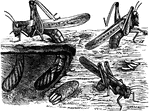
Locust
Rocky Mountain locust ovipositing. a,a, females with abdomen inserted in the soil; b, an egg-pod broken…

Locust (Acridium Edipoda Migratorium)
"They will inflate themselves with air, and undertake journeys during which they travel more than eighteen…

Seventeen Year Locust
The Seventeen Year Locust (Cicada septendecim) spends seventeen years underground feeding on the roots…
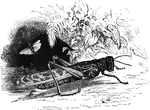
Locusta Cristata
"The migratory locust measures about two and a half inches in length, and some other exotic species…

Locusts
"Locusts, which, from their often collecting in vast swarms, and moving onward with a steady and irresistable…





